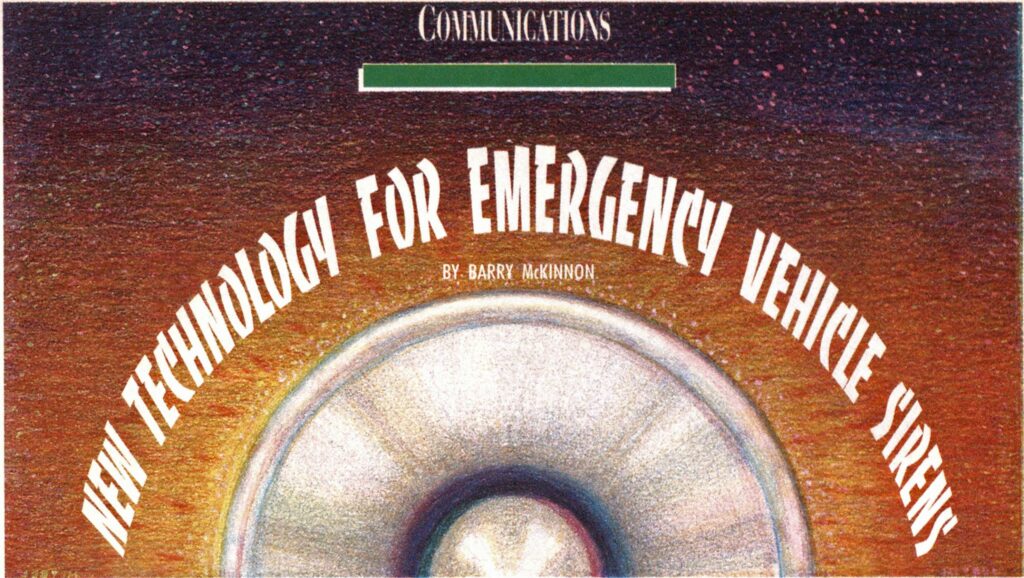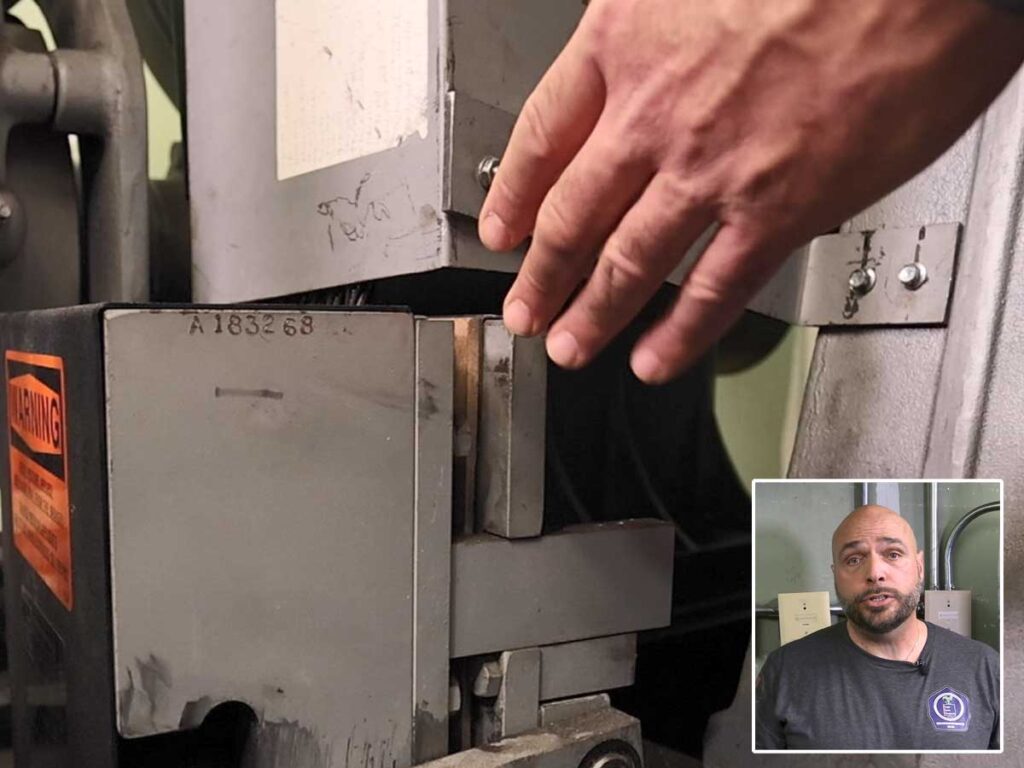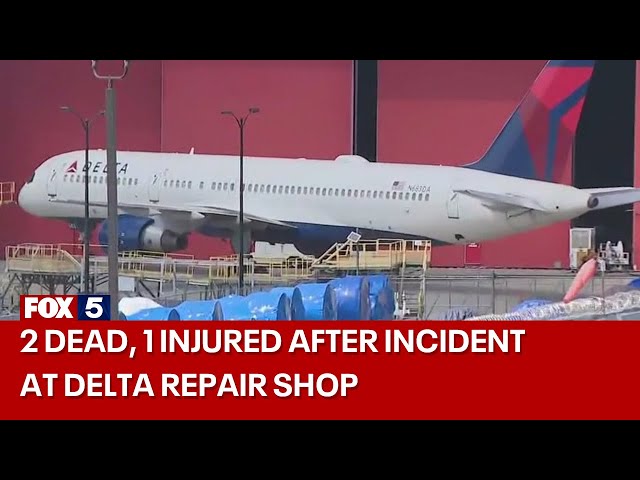
NEW TECHNOLOGY FOR EMERGENCY VEHICIE SIRENS
COMMUNICATIONS

Emergency services management and personnel recognize a number of problems with the current electronic siren technology, but rarely is the focus of their attention drawn to the level of audio technology applied to sirens. Even manufacturers of modern audio equipment have given little thought to applications involving electronic sirens, not because of the relative suitability of the product but rather for the lack of an idea.
Electronic siren technology has remained virtually unchanged since it began replacing bells and motor-driven sirens. Except for improvements in durability, they still closely resemble the little speakers used in ballparks everywhere when public-address systems were a new thing.
In the meantime, PA speakers in ballparks have been undergoing revolutionary change. The technology behind Constant Directivity horns (a trademark of ElectroVoice, who first invented them in 1975) has led to radical new views on performance of horns in the professional sound business. The horn, for the first time, allowed the contractor to predict in advance where the sound would go when he pointed it somewhere. He could keep the sound from bouncing off of walls and ceilings and make it stay where it did the most good, confining it to a specific area. Since 1975, several manufacturers have added some type of controlledcoverage, high-frequency horn to their product lines.


In the old days, a horn usually would maintain, in the horizontal plane at least, some degree of control over the angle it would spread sound; vertically it was a free for all. As the frequency lowered, the coverage usually would exceed the rated vertical spread. Quite often, the low frequencies in these horns produced 360 degrees of vertical coverage, meaning that the sound was as loud under it, above it, and behind it as it was in front of it. The horns used in most emergency vehicles fit this category.
The newer family of horns does a substantially better job of controlling sound. Vertical and horizontal coverage angles now fall within a few degrees of rated coverage.
THE REASONS FOR CONCERN
Why be concerned with current sound technology in sirens? Many siren horns create problems in areas of both health and safety. The siren is often so loud in the cab that hearing protection must be worn; levels in excess of 100 decibels (db) are not uncommon. This is distracting, preventing the driver from hearing spoken words, directions, and the radio. It is also above the recommended OHSA long-term exposure levels, providing the real possibility of permanent hearing damage.
Another effect of this poor pattern control is sound traveling where it is not needed-behind, above, and beside the vehicle instead of in front where the traffic is. There have been many cases in which emergency vehicles have collided with other vehicles whose drivers did not hear the siren. High-power car stereos, air-conditioning, and personal headphone stereos aggravate the problem and make the need for better audio technology in sirens all the more apparent.
A COMMON SENSE APPROACH
To understand how the technology of horns can work for you instead of against you, it isn’t necessary to be an audio engineer. Choice of coverage angles on horns, which you don’t get when you buy the flasher bar/siren as a unit, can be described in familiar terms.
In some ways, sound is analogous to high-pressure hoses and nozzles. If you think of the siren driver on the back of the horn as a fire hydrant, you can visualize the horn as a variablewidth nozzle on a short hose. To put a lot of water in a small area, you would use a straight-stream nozzle; to spray a large surface, you would use a wideangle fog-stream nozzle. The same amount of water is applied, but over a larger area. The water per unit area is less with a mist nozzle.
Sound is very similar: To cover a very large area, you would use a horn with wide coverage – for argument’s sake, 120 degrees horizontal by 60 degrees vertical. It would take the sound from the siren driver and spread it over a large area, giving you a low sound level per unit area. If you want to put a lot of sound in a small area you would use a narrow-coverage horn-say, 40 degrees horizontal by 20 degrees vertical – giving you much more sound per unit area. The narrow-coverage horn provides either a lot of sound in a small area or the same sound at a greater distance.
Sound is subject to what is called the “inverse square law,” which describes how sound levels drop with increasing distance. Using the same stream-of-water analogy, it’s easy to visualize this concept. For every doubling of distance from the nozzle, the diameter of the water stream doubles, covering an area four times larger; however, the force of the water diminishes as the distance increases. In terms of sound, this means that the power per unit of area drops by 6 db. The advantage to this comes as the. distances become great: 6 db is lost whether you move from four to eight feet or from 100 to 200 feet. It follows, then, that the greater sound level you start with, the farther away you can hear it. But if you just make a conventional siren louder, it is louder everywhere, including the driver’s seat.


DIRECTIVITY
This leads us to directivity, which is analogous to choosing a nozzle pattern. These new horns give you the choice of several patterns, the common ones being 40 x 20, 60 x 40, 90 X 40, and 120 x 40 degrees, expressed in horizontal-by-vertical coverage.
These new horns give you the option of picking the most suitable “nozzle pattern” for your application. The 40 x 20 horns would have the greatest advantage over the conventional siren horn. The high-directivity, 40 x 20degree horn covers nearly four times the distance, giving almost four times more warning time to motorists and pedestrians, and it does so without raising sound levels indiscriminately.
Another advantage to these new horns is the directional pattern control. Notice in Figures 1, 2, 3, and 4 that there is a substantial amount of sound leakage behind and around the conventional horn. It’s this leakage that causes the horrendous noise levels inside the cab of the emergency vehicle. The newer horns reduce that leakage by as much as 20 db. A 20-db drop in noise level would be significant, to say the least: Increasing or decreasing the sound level by 10 db raises or lowers the loudness of the sound by 50 percent.
This “free” increase in level does not come without some cost, however: High-directivity horns are large-large enough so that their only practical application would be on fire trucks and large ambulances, where the vehicle’s design is not a consideration. A sample average size of five popular, available models of 40 x 20degree, high-productivity horns was approximately 18″ high X 23″ wide by 31″ deep.
High-directivity horns are big because you can’t cheat the laws of physics-to be controlled, they have to have mouth dimensions comparable to a wavelength at the lowest frequency. The theory that covers how these horns work tends to get wrapped up in all sorts of technical terms like “break point,” “included angle,” and “waistbanding” and can be rather dry. All the manufacturers listed have additional information if you want to find out the specifics.
The higher on-axis sound pressure level will provide more long-distance coverage for more traffic penetration, while at the same time reducing the unnecessary high sound levels in the cab. Yet, if you look at Figure 5, you’ll notice that there is still as much coverage off to the side, but it happens far enough away for the motorists and pedestrians to react. Even with the increased level in front of the truck, levels on the sidewalk aren’t significantly higher.
This technology is available as close as your local professional or commercial sound contractor. With adaptors for the horns, your existing siren drivers canbe utilized, reducing the cost of upgrading your existing equipment.


